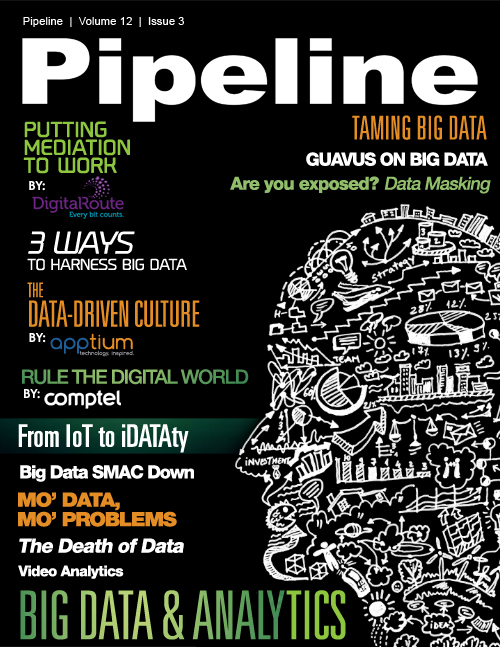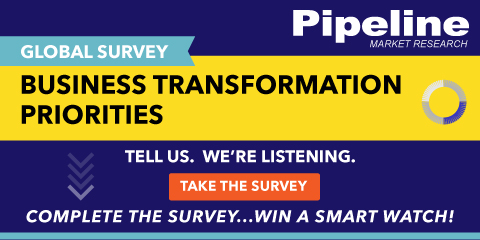Harnessing Big Data: 3 Use Cases
One could track and rank applications according to their usage, activity and popularity (both network-wide and per subscriber), and identify the traffic patterns and impact on the network. Given those insights, the operator can then proactively act upon those changes -- both by flagging the greedy apps that may impact load or battery levels, and working with device manufacturers and OTT app providers -- to plan and optimize their network accordingly and minimize the calls from frustrated customers.
Threat intelligence
Viruses, Trojans, spyware, phishing and bots are among the many security threats that Internet users face every day, and consumers are scrambling to install the right security measures on all their devices, as threats increase and become more sophisticated. But what if the service provider had it under control?
While monitoring device traffic, analyzing network data can enable operators to identify the types of harmful hosts or sites their subscribers visit and assess their potential threat exposure. Additionally, when monitoring networks for traffic anomalies, it’s important to distinguish between legitimate traffic spikes and malicious activity. And when a bona fide attack is detected, it has to be surgically neutralized without blocking or limiting legitimate traffic flows.
At which point operators are presented with the opportunity to provide users with opt-in security services through their own portal to continually monitor device traffic and block incoming malware. Working at the network level, this type of service would have no impact on device performance or battery life, and require no action or maintenance from the customer.
Optimizing subscriber engagement and QoE
Regardless of the type of device, content viewed or network used for access, each person has some basic expectations when it comes to their QoE. It’s safe to say that web browsing and video are the two major application types in use today, and consumers want their browsers to load and their videos to run uninterrupted on any device at any time sans latency or stalls.
Operators and service providers addressing the growing popularity of these top applications in the network need to ensure timely and error-free delivery of the data that is crucial for web usage and streaming videos if they want to reduce churn and acquire new subscribers. In these instances, network analytics can help operators monitor server response time, page download times and video sessions on their network, and then drill-down into the specific attributes and key quality indicators (KQIs) that could be affecting the QoE including packet loss, response time, bitrate and stalls. In response, operators can see where to optimize the conditions of their network to deliver the best experience for their subscribers, and continue to measure the impact.
Big data is opening the door for service providers to better market and monetize services through customer engagement. Using analytics, operators and CSPs gain the ability to quantify and characterize subscriber activity to assist with customer segmentation and service planning and optimization, making it easier to engage subscribers with relevant offers in areas such as content delivery and security services. Companies still need the right tools to gain full visibility in their networks and the right techniques for measuring qualitative KPIs in order to gain the valuable dimensions that will serve these use cases transforming that data into insightful data.





















